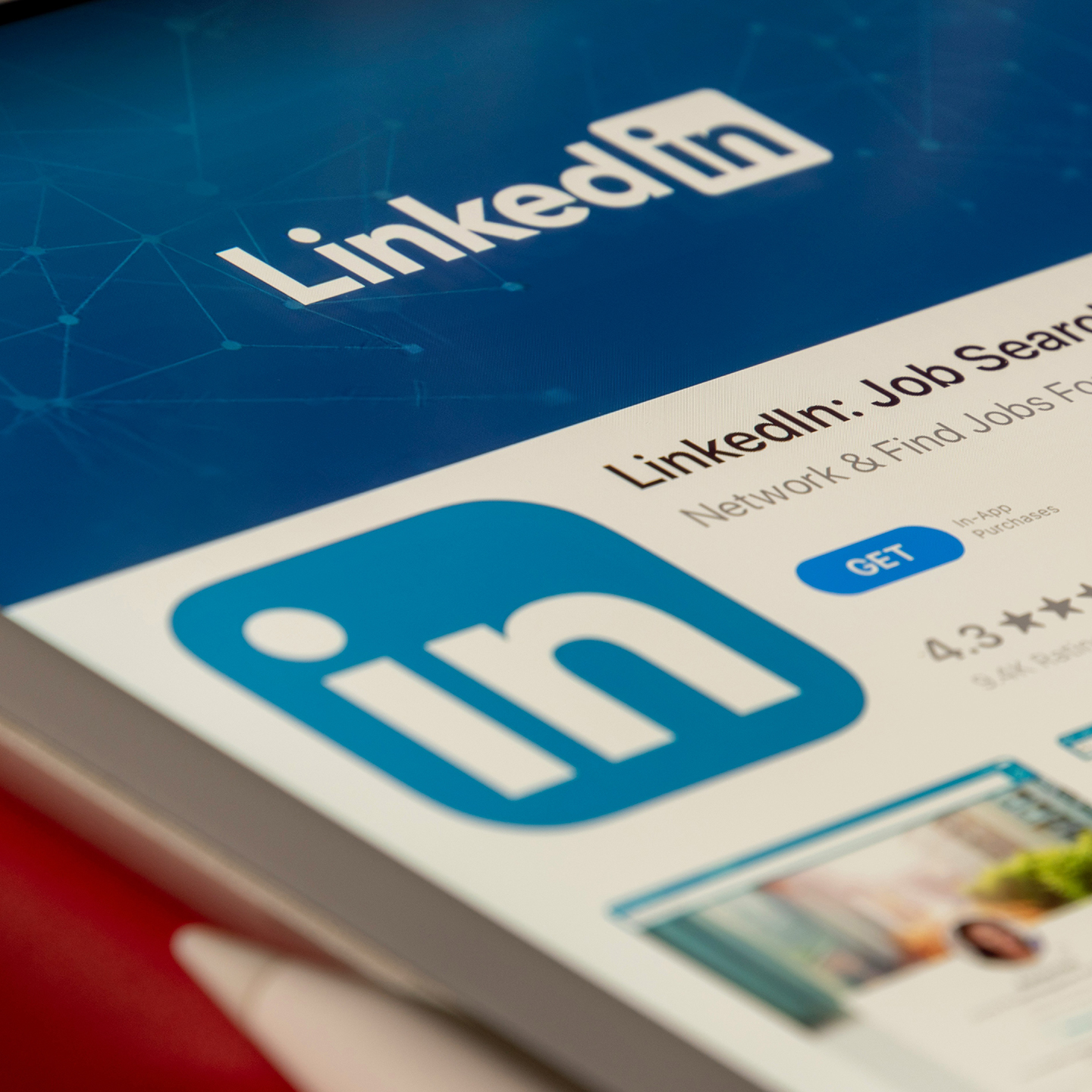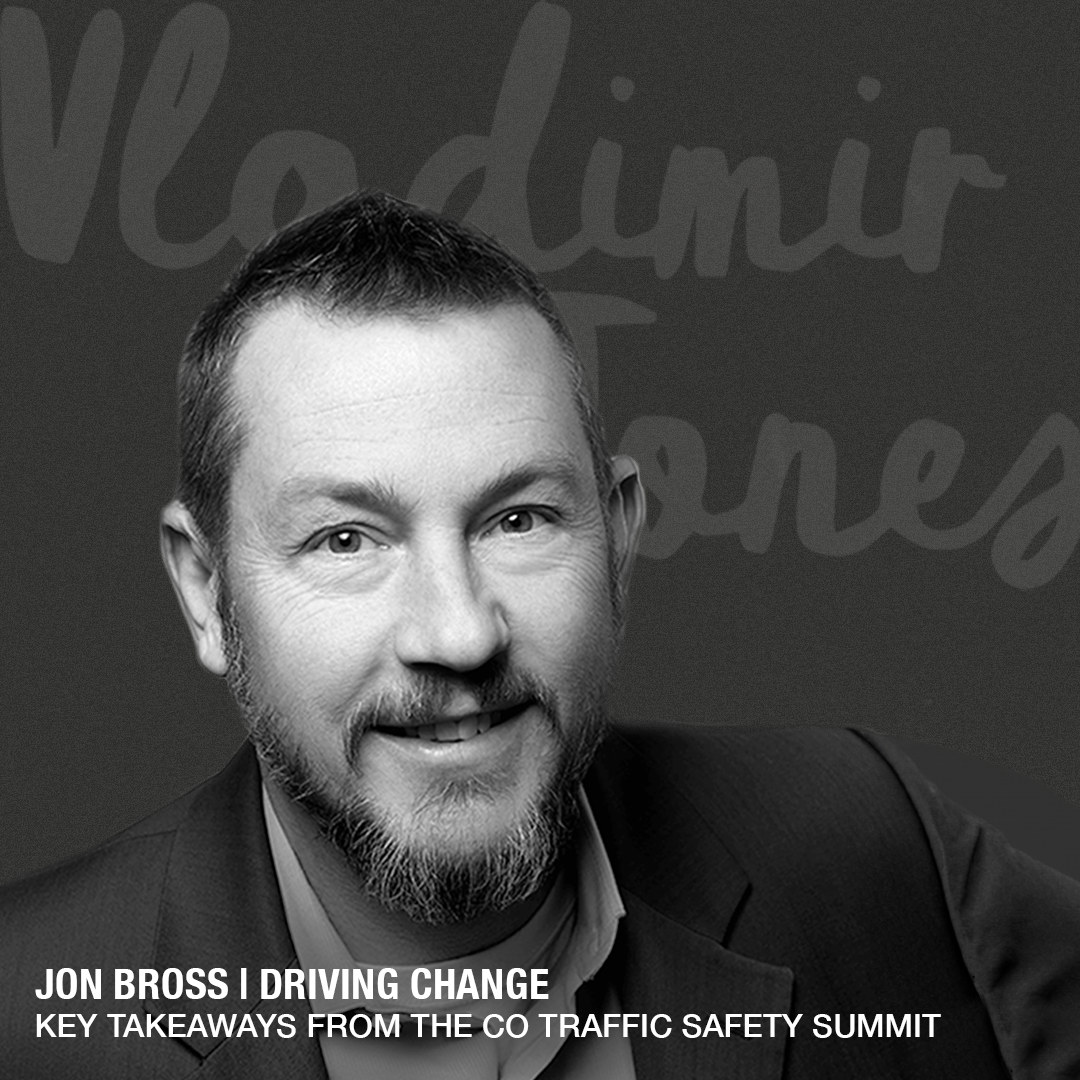Starting November 3, 2025, LinkedIn is expanding how it collects and uses member data. This includes training AI models with professional and engagement data, and sharing more signals with Microsoft to improve ad personalization across LinkedIn and Bing.
Overall, this is anticipated to be a net positive for advertisers featuring richer targeting, cross-platform opportunities, and smarter optimization tools. Advertisers who combine LinkedIn’s expanded data capabilities with first-party data, flexible targeting, and privacy-safe practices will be best positioned to thrive across LinkedIn and Bing in 2026 and beyond. The potential trade-offs include potential audience shrinkage from opt-outs, higher costs on premium segments, and increased reliance on opaque AI decisioning.
According to LinkedIn’s updated privacy policy, the following categories of data will be leveraged:
- Profile & Professional Info: job titles, industries, skills, education, work history.
- Engagement & Behavior: posts liked, comments, shares, time spent on content, ad interactions.
- Ad Interaction Data: clicks, views, conversions, and dismissals.
- Feed & Content Activity: browsing patterns and interests based on feed activity.
- Device & Technical Data: device type, browser, IP location, usage logs.
Not included: private messages, login credentials, and payment data. Users may also opt out of some uses, particularly for AI training or affiliate sharing.
How LinkedIn Will Use This Data
- AI Model Training – Feeding member data into generative and predictive models to improve recommendations, content delivery, and ad systems.
- Ad Personalization – Matching ads more closely to user profiles and predicted engagement behavior.
- Cross-Platform Targeting – Sharing LinkedIn signals with Microsoft to strengthen Bing and Microsoft Ads personalization.
- Optimization & Bidding – Using predictive models to adjust bidding strategies and budget allocation in real time.
- Measurement & Attribution – Enhancing conversion modeling, attribution frameworks, and campaign reporting.
What This Means for Advertisers
Potential Positives
- More precise targeting through enriched professional and engagement signals.
- Stronger synergy between LinkedIn and Bing campaigns.
- Smarter AI-driven optimization and creative personalization.
Potential Negatives
- Audience shrinkage from opt-outs, especially in regions with stricter privacy laws.
- Higher competition and cost for premium audiences.
- Reduced transparency as AI-driven systems handle more decision-making.
- Increased compliance responsibility under GDPR, CCPA, and other regulations.
Strategy Shifts to Consider
- Invest in First-Party Data: Build CRM and site data to complement platform signals.
- Balance Broad and Narrow Targeting: Use layered approaches to offset opt-out impacts.
- Enhance Creative Testing: Leverage dynamic creative and A/B testing to match shifting audience signals.
For advertisers, this is both an opportunity and a challenge. Success will come from leveraging AI-driven targeting while maintaining control over measurement, compliance, and creative strategy. At Vladimir Jones, we believe in transparency as well as innovation, keeping you apprised of the changes to the advertising ecosystem. AI is guaranteed to bring new opportunities as well as challenges and we believe in constantly testing and adjusting our strategies to generate the best value from your advertising campaigns.






